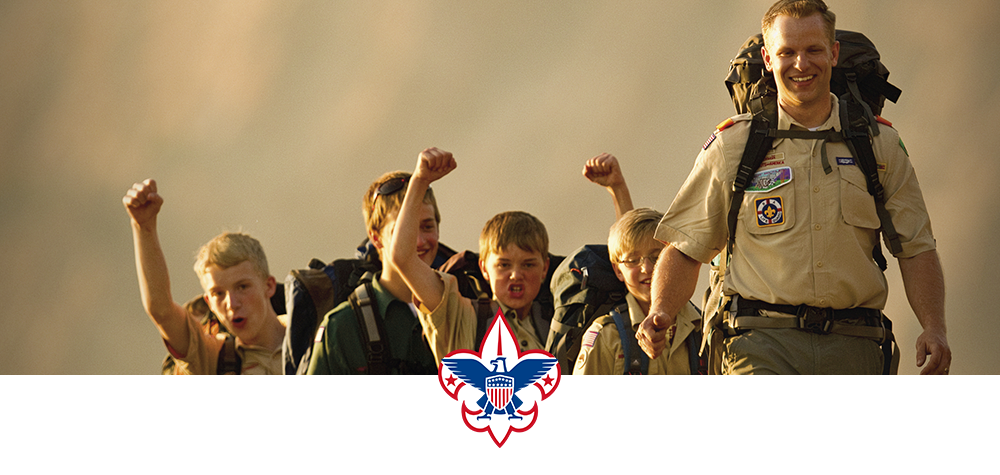To obtain an up-to-date and official copy of any other Scouting form not listed below, contact your local council service center.
Membership Applications
- Youth Application:
- Adult Application:
- Member Transfer Form

- Merit Badge Counselor Information/Application

- Merit Badge Counselor List: Unit leaders (Scoutmaster & Committee Chair) can find the list of merit badge counselors in Scoutbook on the unit page. Scoutbook provides a search for merit badge counselors at that location. A downloadable list is not available at this time. Scouts should go to their Scoutmaster for a recommendation of a merit badge counselor. All Units have access to Scoutbook.
Registration Resources
Eagle Rank
- Eagle Scout Rank Application

- Eagle Scout Rank Reference Letter

- Eagle Scout Service Project Workbook
- National Eagle Scout Association Scholarship Applications

- National Eagle Scout Association Membership Application

- Spirit of the Eagle Application

- Application for Alternative Eagle Scout Rank Merit Badges

- Duplicate Eagle Scout/NESA credentials

Unit Membership Resources
- New Unit Application
- Membership Inventory
- Unit Renewal Application Instructions
- Annual Charter Agreement
- Charter Renewal Overflow Page
Unit Resources
- Family Talent Survey

- Unit Advancement Report

- Request for Certificate of Insurance
- Activity Consent Form (Permission Slip)

- Incident Information Report

- BSA Insurance Claim Form

- Meeting Place Inspection Checklist

- Annual Health and Medical Record
- Campfire Program planner

- Troop Meeting Plan

- Application for BSA Lifeguard

- Unit Money-Earning Application

- Wood Badge Pocket Card

Awards
- North Star Award Nomination

- Silver Beaver Nomination

- Silver Buffalo Nomination

- Silver Antelope Nomination

- George Meany Award Application

- Historic Trails Program and 50-Miler Award

- District Award of Merit Nomination

- Roundtable/Huddle Staff Progress Record for the Scouter’s Training Award

- Roundtable/Huddle Commissioner Progress Record for the Arrowhead Honor/Commissioner Key

- District and Assistant District Commissioner Progress Record for the Commissioner Key/Arrowhead Honor Award

- Unit Commissioner Progress Record for the Commissioner Key/Arrowhead Honor Award

- Progress Record for the District Committee Key

- Progress Record for Training Awards
- Progress Record for Keys
- Quartermaster Award Application

- Journey to Excellence
- Venturing Leader Progress Record

- Venturing Leadership Award Recommendation

- Venturing Summit Award Application, No. 512-941





(2).png)